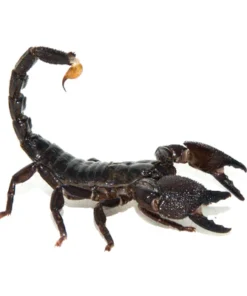INVERTEBRATES
Invertebrates are animals that do not have a backbone or spinal column. This diverse group of organisms includes a wide range of species such as insects, worms, mollusks, and jellyfish. Invertebrates make up the majority of animal species on Earth and play crucial roles in various ecosystems. They can be found in almost every habitat, from the depths of the ocean to the highest mountains. Despite their lack of a backbone, invertebrates exhibit a remarkable diversity in terms of size, shape, and behavior.
Examples Of Invertebrates:
A variety of invertebrates can be observed in nature, showcasing the incredible diversity of this group of animals. Invertebrates are animals that lack a backbone or vertebral column, and they make up the majority of animal species on Earth. Examples of invertebrates include insects such as butterflies, beetles, and ants, as well as marine creatures like jellyfish, octopuses, and corals. Other notable examples include spiders, snails, worms, and crustaceans like crabs and lobsters. These fascinating organisms play crucial roles in ecosystems, contributing to pollination, decomposition, and nutrient cycling, among other important ecological processes.
Invertebrates Vs Vertebrates:
- Invertebrates and vertebrates are two main categories of animals that differ in terms of their physical characteristics and internal structures.
- Invertebrates, such as insects, worms, and mollusks, lack a backbone or spinal column, while vertebrates, including mammals, birds, reptiles, amphibians, and fish, have a well-defined internal skeleton that supports their bodies.
- Invertebrates typically have exoskeletons or no skeleton at all,
- while vertebrates have an endoskeleton made up of bones or cartilage.
- These distinctions in body structure have significant implications for the
- overall physiology and behavior of these two groups of animals.
INVERTEBRATES

